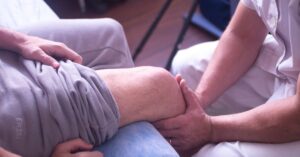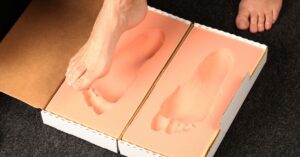Tendonitis (tendinitis) is joint pain that can occur in any part of the body and most often occurs in the knee, shoulder, and elbow. In this article, I will go over the causes of tendonitis and the available treatments, and how to relieve your tendonitis pain. It is usually caused by physical activity due to overuse or injury and can limit your range of motion. The most common treatment for tendonitis is rest, physical therapy and massage therapy are the best options in most cases.
What causes tendonitis
Tendons connect your muscles to bones. Overuse causes the tendon to be overstretched, which results in damaged tissue, causing pain and swelling. As a result, injuries occur to be damaged, which also causes pain and swelling. Other causes of tendonitis include paraesthesia, a tingling feeling in the tendon. Excessive, repetitive use of the tendon causes tearing of the tendon and pain. Damaged tendon occurs when the tendon is completely torn and can no longer function properly, causing pain and swelling.
Symptoms of tendonitis
The most common symptoms of tendonitis are pain and swelling in the tendon. The pain is often aching or aching in the tendon, which limits the movement of the joint. In addition, the swelling in the tendon is often red and warm and can restrict movement even more. Other symptoms people experience with tendinitis pain include tingling in the tendon, which is a sign of paraesthesia, and limited motion of the joint in which the tendon is located. If your symptoms persist for more than two days, a physical exam may be required.
Common forms of tendonitis
Tendonitis can occur in any tendon in the body, but it is most commonly found in weight-bearing muscles such as your knees, shoulders, and elbows.
Rotator cuff tendonitis

Rotator cuff tendonitis occurs in the shoulder joint and manifests as shoulder pain. Repetitive activities often lead to rotator cuff tears, which in addition to pain in your shoulder blade, can also result in shoulder weakness.
Patellar Tendonitis

Also, known as “Jumper’s Knee.”
Achilles tendonitis
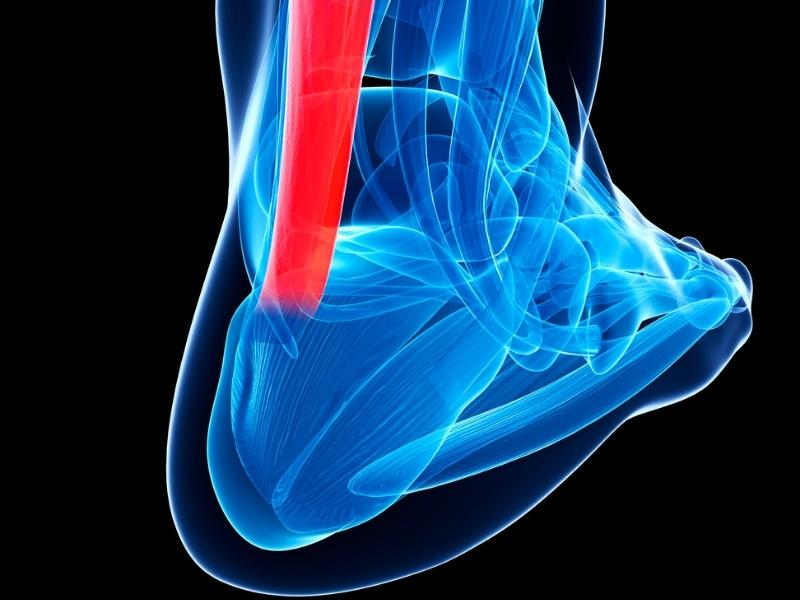
Tendonitis that occurs in your Achilles tendon often manifests as pain and stiffness along the entire tendon. The pain is often present in the morning and becomes progressively worse throughout the day with activity.
Diagnosis
Tendonitis is typically diagnosed via a physical examination conducted by a primary care physician, chiropractor, orthopedic surgeon, sports medicine specialist etc. To determine if it is tendonitis, the doctor will examine the joint and ask questions regarding the pain sensations you’re experiencing. Depending on your initial evaluation, additional tests may be required. Imaging tests such as Magnetic Resonance Imaging (MRI) may be necessary to identify the best course of therapy. In certain circumstances, the doctor will order blood tests to look for inflammation and joint fluid testing to determine the extent of joint injury.
How to treat and relieve your tendonitis pain at home
To relieve tendonitis pain, one should always begin by resting the joint for at least 2-3 days. Avoid all repetitive motions and resting, which in most cases, means forgoing all activities that can potentially aggravate the tendon. The next step is to apply an ice pack to the affected area for at least 20 minutes every 2 hours. It is vital at the early stage of your symptoms because that’s when you will experience the most inflammations. Next, if you experience stiffness, a heating pad or heat wrap may be used. Applying heat will help relax the surrounding muscles and increase blood flow to the tendon, supporting the healing process. You may also use a compression bandage to help reduce swelling and keep the tendon in place. Finally, if the pain is persistent, keep the joint elevated.
A simple way to remember how to treat tendonitis pain at home is to remember this acronym: RICE.
Rest
Ice (and heat!)
Compress
Elevate
When to see a pain specialist
If your range of motion and pain is not relieved after two days, you should see a pain specialist. The doctor will perform a physical examination to determine if you require additional treatment and rule out any other causes of your pain symptoms. If your pain is work or sports-related, you should not wait to see a doctor. It is imperative to have your work or sports injury assessed by a doctor as soon as possible. Continued use of an injured tendon will worsen the injury and potentially lead to long-term issues, which can prevent you from working or participating in activities that you enjoy in the future.
Treatment Options to relieve tendonitis pain
There are various treatment options available for tendonitis when home treatment has failed. Physical therapy and massage therapy are often the most common forms of treatment. Your medical doctor may also prescribe pain medications to help support healing. If your tendonitis is severe or chronic, surgery is also an option. First, however, you should see one of our pain specialists at Alberta Back and Neck Rehab for a proper diagnosis and treatment plan.
Physical therapy
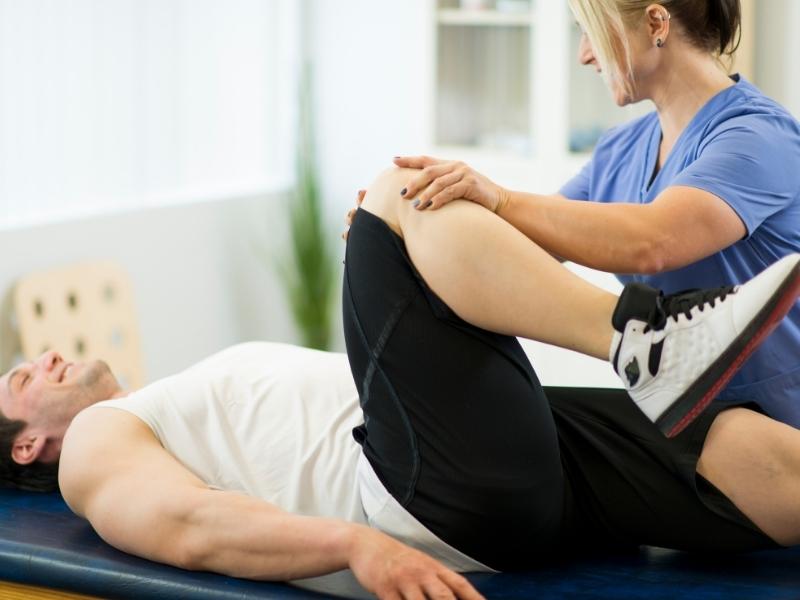
Physical therapy is one of the most effective treatment options for tendonitis. Therapists use a variety of treatment modalities such as heat, massage, and exercise to build support muscles which will help relieve your pain and prevent future injuries. In addition, physical therapy is often used in conjunction with other treatments, such as ice, which helps reduce the inflammation in the tendon. This can help improve the healing process and support the repair of the tendon.
Massage therapy
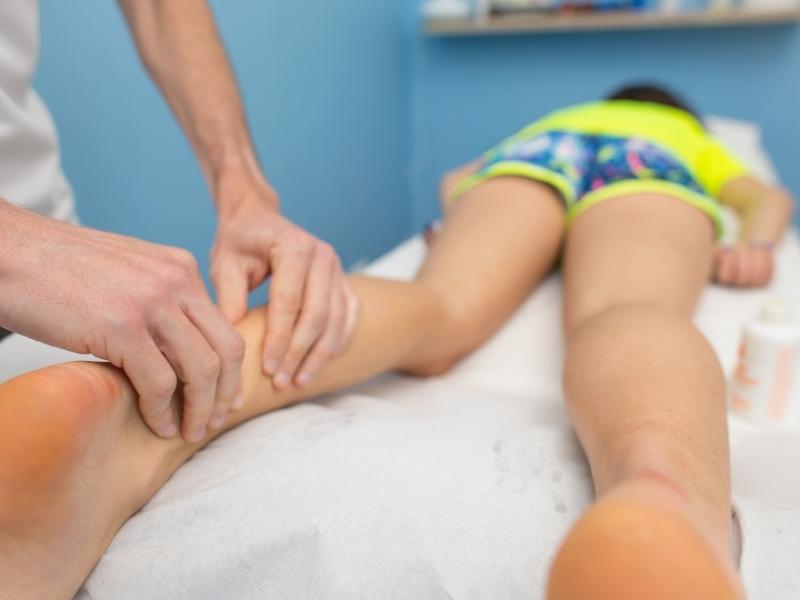
Massage therapy is another treatment that can alleviate pain and improve the quality of life of those with musculoskeletal disorders such as tendonitis. The therapist uses long, sustained pressure to help relax the muscles and increase blood flow to the affected area, which can help to reduce pain and inflammation and improve the healing process. In some cases, the therapist may use other specialized techniques such as shiatsu or Swedish massage to help alleviate pain and promote healing.
Pain Medications
Pain medications can alleviate the symptoms of tendonitis. Pain medications bind to the pain receptors in the nervous system, which help reduce the pain. However, this only treats the symptoms; it does not treat the cause, which is the injury to the tendon. Treating the injury to achieve the long-term benefits of your therapy is essential. Medications do have a place in the treatment of pain disorders like tendonitis. However, It is vital to remember that medications have side effects. Discuss the risks with your medical doctor if you consider incorporating pain medication into your treatment plan.
Surgery and other procedures to treat tendonitis
Surgery is sometimes necessary when other treatments such as physical therapy and medication fail to alleviate the pain and symptoms of tendonitis. Surgeries are performed on an outpatient basis and can be performed in the office or hospital. Some of the most common surgeries performed on tendonitis patients include:
- Cortisone injections
- Tendon repair surgery
How to prevent tendonitis
Proper exercise and after-injury care are the best ways to prevent tendonitis. Regular exercise helps build and strengthen the supporting muscles, which will help prevent future injuries and re-injuries. Proper care after an injury is also essential to the healing process. Seeing a doctor as soon as possible after a sports or workplace-related injury is especially important. In addition, properly assessing your injury will help you avoid further damage to the tendon before it becomes chronic.
Work-related tendonitis
Tendonitis is frequently caused by tendon injury resulting from improper repetitive motions. If your job is physically demanding and involves repetitive movements, it is critical that you pay close attention to your form. If you are injured and must continue working while treating your injury, request modified or lighter duties to prevent additional injury. Continuing to work with an injury risks further damage, which can become permanent without adequate rest and proper treatment.
Sports-related tendonitis
Whether a professional or weekend athlete, you will likely experience a tendon injury. While keeping your body in peak condition is essential, your training should always include adequate rest between exercise and games.
Book an appointment today
If you are experiencing tendonitis pain, don’t wait; call our office today to have it assessed and treated by our team of specialists. As a full-service rehab clinic, Alberta’s Back and neck rehab, in addition to traditional treatments, also has advanced treatment plans for treating tendonitis pain in Calgary.


